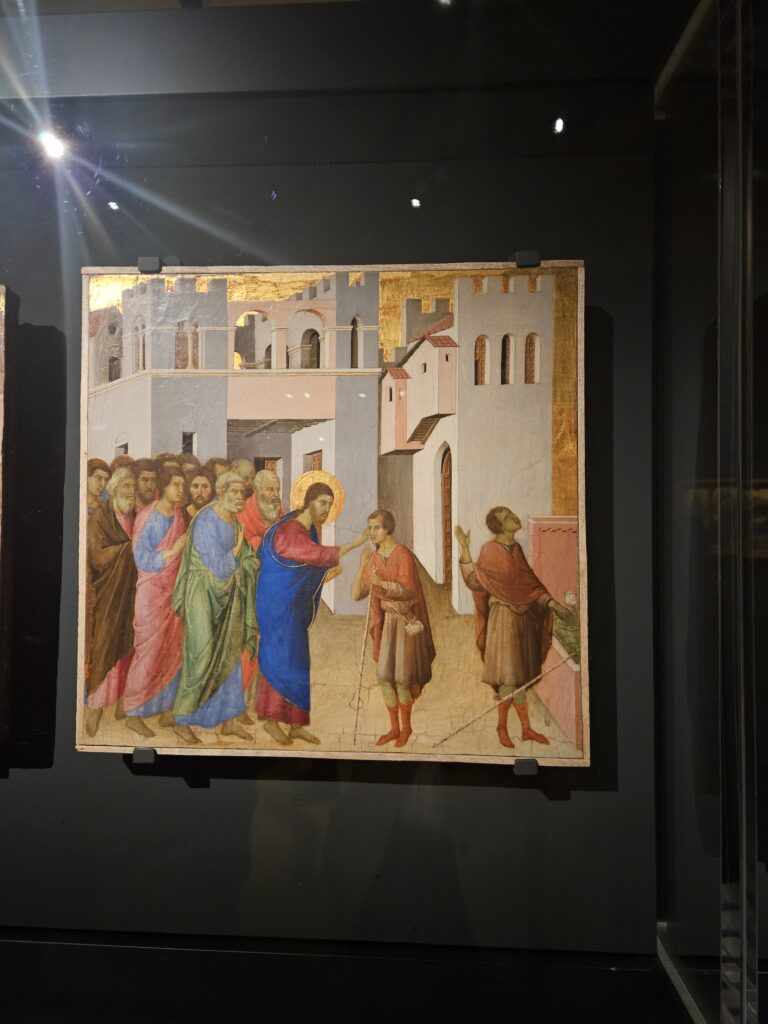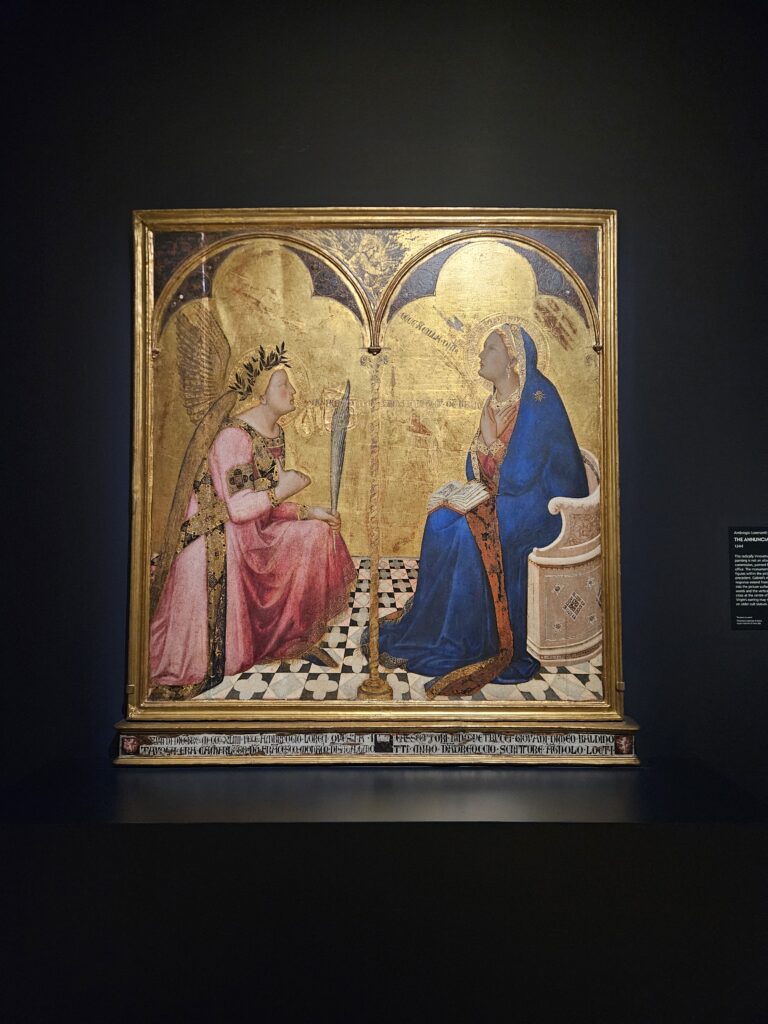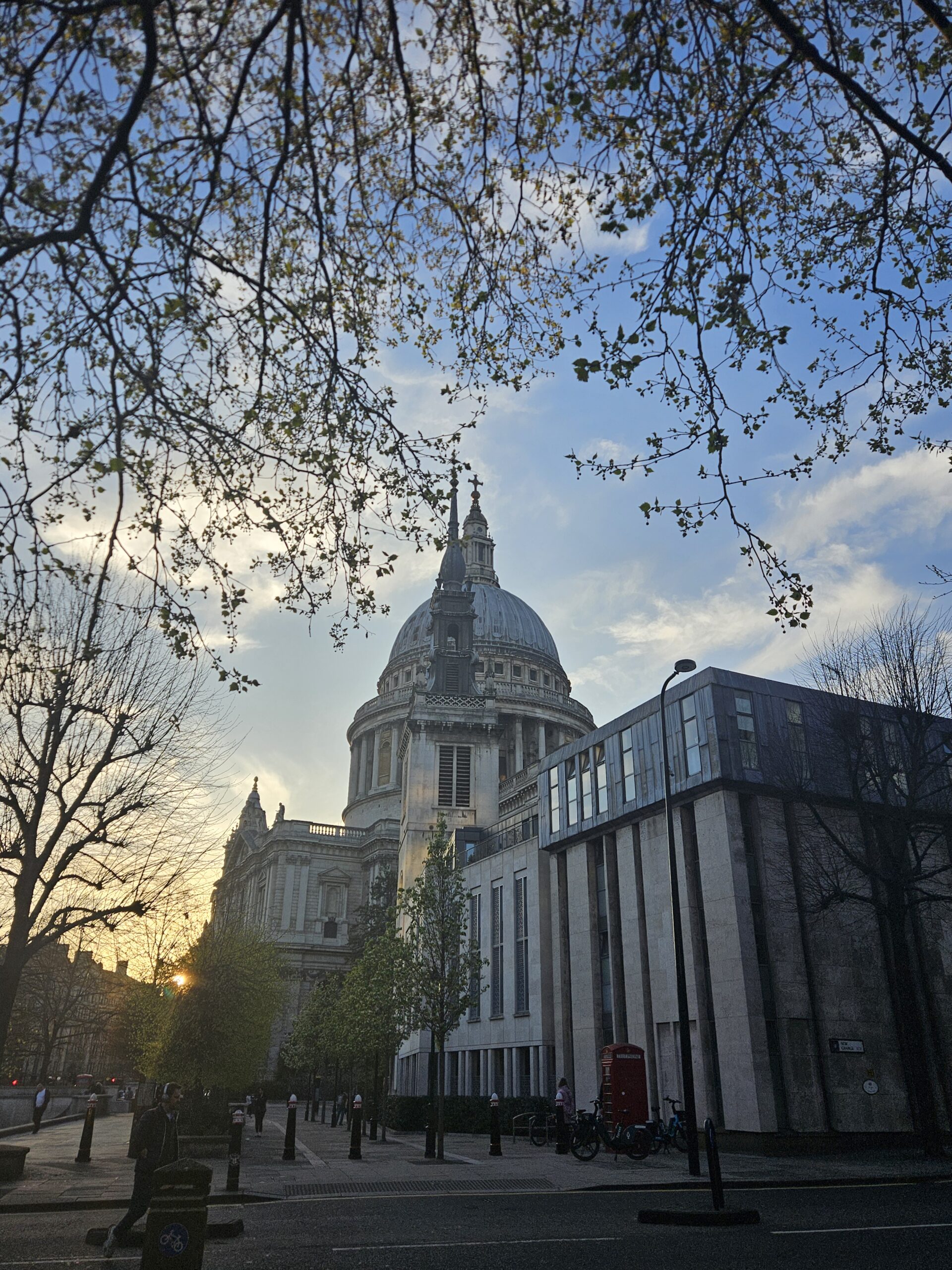Three months straight of being back at work with no break, directly after 6 months of backpacking and seeing the world, has led me to needing at least a day off from the dullness of 9-5 office work.
For my first break of the year I decided to continue my long-established tradition of having a high-brow cultural city-break day trip, with my long-established destination being the City of London. I do think London gets a lot of flak from fellow Brits for being too busy and expensive (both things being being true), though London has so much to offer when you know where to go. Nevermind the heaps of tourists the city gets all year round, where many of them long for a life in London.
I started my trip down from Leeds on the LNER Azuma. Being 8am on a Friday morning there weren’t many passengers save from the odd salaryman tapping away at his Thinkpad on Outlook while often flipping his phone over to see if he had any new notifications. A developed habit from overusing his phone where is brain cannot handle spending more than 5 minutes on one task without a fleeting distraction.
I landed at Kings Cross and headed on the Central line to where I was staying for the night: my uncle’s house in Woodford. An hour away from the centre, it is a relatively wealthy and safe area of London with rows and rows of three-storey terraced houses equipped with overly-high ceilings and windows that are no longer allowed to be built in England. Dropping my bags off, being shown to my room and holding good, pleasant conversation with my uncle and auntie for two hours, joined with a stereotypically posh Southern lunch of seasoned wedges, hummus, M&S salad, and halloumi, I was off back into the centre for my timed slot in the Siena exhibition.

I hurried in through the Getty entrance past the rows of tourists sat on the garden railings bathing in the 21 degree sun, a whole ten minutes late to my timed entrance. The staff welcomed me in without any issues and I was politely directed to the ground floor entrance of the Siena Exhibition.
The exhibition has received extraodinary acclaim from publications like Apollo Magazine, New Statesman, Financial Times, among other well-established papers. Siena: The Rise of Painting narrates Renaissance paintings’ forebearer of 14th century Sienese art. Arriving in we see one of Duccio’s earliest recorded paintings and a biblical episode we will see repeated throughout the exhibition: Madonna and Child. In the early 14th century, Veneration of the Virgin Mary would have felt intrinsic to Siena. Siena had cast the Virgin as its key saint after a triumphant victory against Florentine forces set on siezing the city, where the Virgin was believed to had cast her protection over Siena after the mayor laid the keys to the city underneath a display of Madonna and Child.
The Virgin Mary and Child was displayed everywhere throughout the city, on people’s personal belongings, and was frequently depicted by the major painters from the city. And Duccio frequently depicted this scene multiple times beautifully, mostly as commissions for influential citizens of Siena.
The centrepiece of this exhibition is the largest reunification of Duccio’s masterpiece Maestà. Being splintered and sold off in the 18th century, this is the first time so many of the episodes have been brought together in one room. Eight biblical episodes painted for the Siena Cathedral altarpiece sit in the exhibition’s centre, and show Duccio’s mastery and a breakthrough in Western art history. The narrative in each of the paintings is almost unseen of anywhere else at the time. Paintings may attempt to show multiple scenes at once (like in the above The Healing of the Man born Blind, where the man is seen being healed by Jesus and then washing his eyes by the pool).
In most of these paintings we see the buildings of Siena depicted almost as if in harmony, and onlookers’ expressions show a large range of human emotion witnessing Jesus Christ’s miracles.

What makes the journey through Siena’s rise interesting is we see the growth of Siena as an established, prosperous trading centre in Europe. The exhibition guides us chronologically through each painter, and we see foreign elements gradually introduced. Starting with the stylistically Byzantine icons with their gold-leaf striations, paintings evolved to be more naturalistic of the kind we typically associate with Renaissance paintings, and we see representations of Anatolian or Islamic Iberian textiles within biblical episodes.
In the middle of the 15th century we see the Lorenzetti brothers, who most likely both worked with Duccio, becoming increasingly in demand for their art. Receiving commissions from institutes like Siena’s tax office, they broadened biblical art in its form, like we see with The Annunciation by Ambrogio Lorenzetti taking a square format (unusual for its time).
In addition to the revolutionary paintings shown, the exhibition also features works by goldsmiths and sculptors. We catch a glimpse of
After the exhibition was time for food. I had looked around the Sam Wanamaker Playhouse for food and eventually found an decent-looking Italian restaurant. Although it was around half 5 on a Friday evening, where pubs in the St Pauls and Bank areas had swarms of finance bros overflowing out of their doors, dressed in gilets and holding £8 pints, restaurants were empty.
Ordinarily I would have thought the restaurants would all be busy especially in the centre of London, though thinking back on it it would make sense that in one of the heavily corporate areas of London it would be rather sparse on a Friday evening when most people would now prefer to work from home.
After I walked over to see Anton Chekhov’s Three Sisters, the first English showing in the UK. The play was phenomenal. Marvelously written, a comical play filled with the very Russian-style philosophizing monologues. Three Sisters tells the tale of Russian aristocrats, particularly a family of its namesake, in an unnamed provincial town south of Moscow. They long to go back to the city life of Moscow and despair at where they live.
Chekhov in this place primarily deals with the passing of time. Quite quickly we are thrown into a debate between two of the male suitors on whether people from centuries in the future will look back at us and deem us idiots, or that the human experience will stay the same no matter where anyone is both geographically and temporally. Even with these monologues and debates on time throughout the play, they never feel like they drag and are usually equipped with a comedy break. A much more accessible play than expected, Three Sisters also dips into the class structure at points and provides the audience with a formidable insight into lowly aristocratic life in late 19th century Russia. I remember an American lady sat next to me for the first half of the show who made deep conversation with the girls next to her; she was missing for the second half.
The acting was great and the use of the candles to help better set scenes – particularly the ‘heavier’ scenes – was ingeniously carried out. The play suited the close quarters of the Sam Wanamaker Playhouse.
